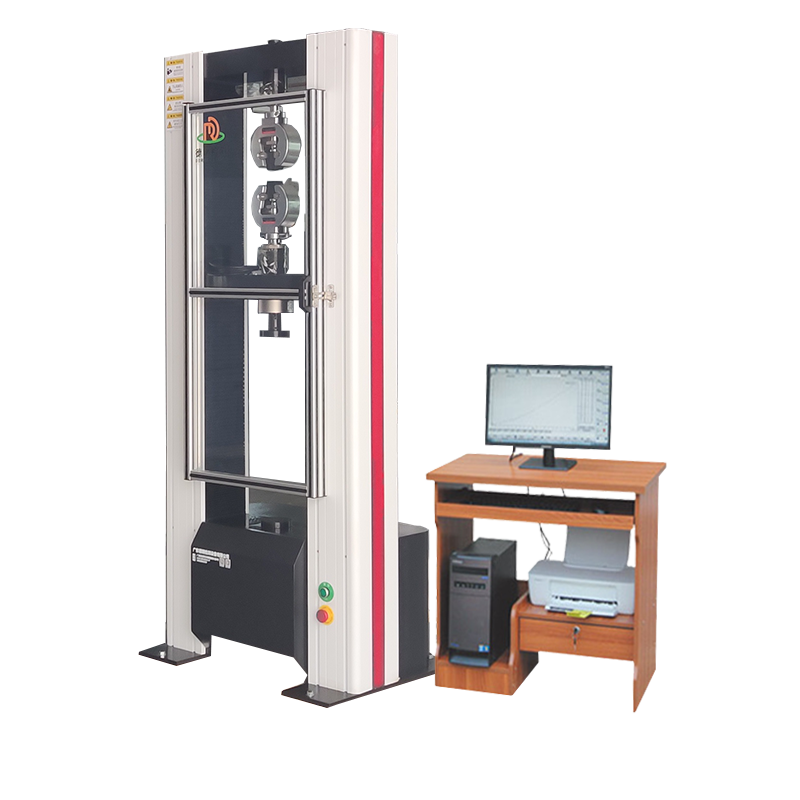
Double-column material tensile strength testing machine
Product Details:
- Power 10-25 Watt (w)
- Product Type Double-column material tensile strength testing machine
- Application Industrial
- Dimension (L*W*H) 3m x 2m x 2.5m 4m x 2.5m x 3m Meter (m)
- Color White & Grey
- Weight 2000 Kilograms (kg)
- Screw Size M30-M50
- Click to view more
Double-column material tensile strength testing machine Price And Quantity
- 5000.0 USD ($)/Unit
- 1 Unit
Double-column material tensile strength testing machine Product Specifications
- 3m x 2m x 2.5m 4m x 2.5m x 3m Meter (m)
- Industrial
- 10-25 Watt (w)
- Double-column material tensile strength testing machine
- 500-1000 mm/m
- M30-M50
- 50-100 Ton
- White & Grey
- 2000 Kilograms (kg)
Double-column material tensile strength testing machine Trade Information
- Cash in Advance (CID)
- 50 Unit Per Month
- 10 Days
- All India
Product Description
Dual-column Material Tensile Strength Testing Machine is a device used to test the mechanical properties of materials, such as tension, compression, and bending. Below is a brief introduction and features of the equipment:
Equipment Name:
Dual-column Material Tensile Strength Testing Machine
Main Features:
-
Stable Structure: The dual-column design ensures stability and accuracy during high-load testing.
-
Multi-functional Testing: Supports various testing modes, including tension, compression, bending, and shear.
-
High-precision Measurement: Equipped with high-precision sensors and control systems to ensure accurate test results.
-
Wide Load Range: Different load ranges (e.g., 1kN, 10kN, 50kN) can be selected based on requirements.
-
User-friendly: Features a touchscreen or computer-controlled interface for simple and intuitive operation.
-
Data Recording and Analysis: Supports automatic data recording, storage, and analysis, with test report generation.
Application Fields:
-
Metal materials
-
Polymer materials such as plastics and rubber
-
Composite materials
-
Textiles
-
Construction materials
Common Configurations:
-
Load Sensor: High precision, with optional ranges.
-
Fixtures: Standard universal fixtures, with support for custom specialized fixtures.
-
Control System: Computer or touchscreen control, compatible with multiple testing standards.
-
Software Features: Data export, curve analysis, report generation, etc.
Advantages:
-
High Rigidity Frame: The dual-column structure provides higher rigidity and stability.
-
Flexible Expansion: Upgradable sensors, fixtures, and software functions based on needs.
-
Wide Applicability: Suitable for various materials and testing standards (e.g., ISO, ASTM, GB).
|
Item |
Description |
|
Max. Force |
2000 kg (20KN) |
|
Load cell |
Germany brand load cell for high accuracy |
|
Control system |
PC with windows 7 system |
|
Motor |
Panasonic servo motor w/ DC variable speed drive system, high-precision mechanical ball screw rod |
|
Force reading |
kgf, Ibf, N, KN, T etc |
|
Stoke |
1200mm including fixture |
|
Load cell Resolution |
1/250,000 |
|
Load Precision |
0.5% |
|
Test speed |
0.1500mm/min (adjustable) |
|
Test width |
400mm |
|
Software |
TM 2101 |
|
Curves display |
Load- elongation, Elongation-time, Time-elongation, Stress-strain |
|
Data display |
Max. force, speed, sample information, strength(Kpa, Mpa, N/mm, N/mm2) etc |
|
Safety features |
E-Stop Over-load protection Upper and lower limit switches Load sensor with automatic retreat |
Common Questions and Answers About Double-Axis Material Tensile Testing Machine
Testing Machine Operation
-
What should be checked before starting the testing machine?
- Check if the power connection is correct and the voltage meets the requirements.
- Ensure that the operation panel and control system are functioning normally.
-
How to ensure that the sample is correctly installed on the machine?
- The shape, dimensions, and surface finish of the sample should comply with the standard.
- Fix the sample firmly in the fixture to prevent any or during testing.
-
How to set the pull speed?
- Set the pull speed according to the material's properties. Different materials may require different speed ranges.
- Refer to relevant standards or experimental requirements to ensure the speed is reasonable.
-
How to avoid the fixture sliding during testing?
- Ensure that the fixture is fixed firmly. Increase friction between the fixture and the sample if necessary.
- Adjust the fixture pressure or add more stable fixture design if needed.
-
What should be done if the testing machine makes abnormal noise during testing?
- Check whether the connections between the components are loose, especially the motor and transmission parts.
- Check the lubrication status of the moving parts to ensure that the machine is well-oiled.
Testing Machine Maintenance
-
Is the tensile testing machine required to be regularly calibrated?
- Yes, especially the sensor and displacement measurement device. Regular calibration ensures accurate testing data.
-
Is it important to clean the machine parts?
- Yes, especially the fixtures and guide ways. Clean key parts to prevent dust and impurities from affecting the equipment performance.
-
How to handle mechanical wear?
- Regularly check the wear status of the mechanical parts. Lubricate or replace the parts with wear if necessary.
-
Is it necessary to check the circuit system regularly?
- Yes, check the connection of the circuit and the sensor circuit, prevent aging or loose connection from affecting the equipment performance.
-
What is the maintenance frequency of the testing machine?
- It is suggested to perform a comprehensive check and maintenance every half year. The inspection frequency can be adjusted according to usage and environment conditions.
Testing Machine Faults
-
What to do if the testing machine cannot be started normally?
- Check the power connection and the operation panel and control system first.
- If necessary, check the running state of the motor or electrical system.
-
Why is the sensor reading not accurate?
- It is possibly due to the sensor being mis-calibrated or damaged. The sensor should be calibrated or replaced by a professional.
-
What causes the test sample breaking at inconsistent positions?
- It is likely that the sample has defects or the fixture applies unequal force. Check the sample and the fixture again.
-
What to do if the testing machine vibrates during operation?
- Check whether the machine is fixed well. Check whether the connections between the components are tight.
- If necessary, perform the bearing lubrication or replace the components.
-
What to do if the test data does not match reality?
- Check whether the experimental parameters are set correctly and the sample preparation. Make sure that everything complies with the standard.
Through these operations and maintenance, the performance of the dual-axis material tensile testing machine can be improved, and the test data can be more reliable.

Price:
- 50
- 100
- 200
- 250
- 500
- 1000+



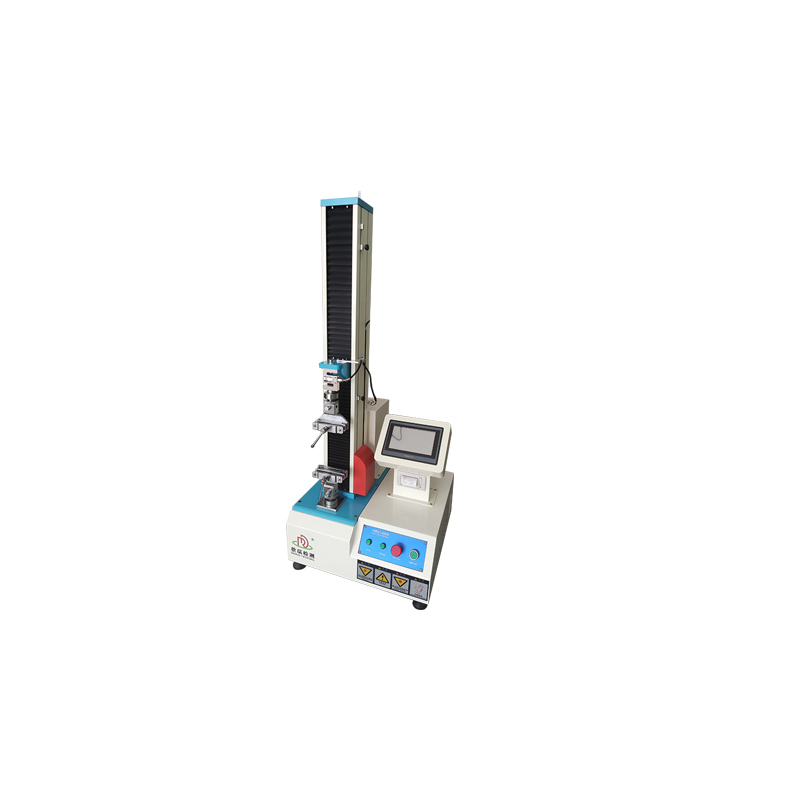
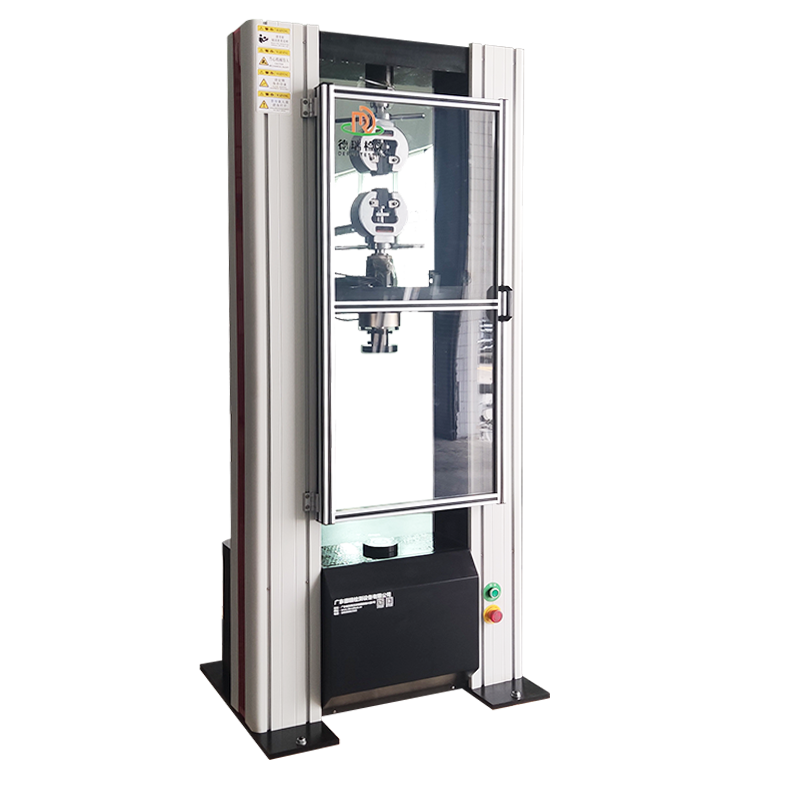
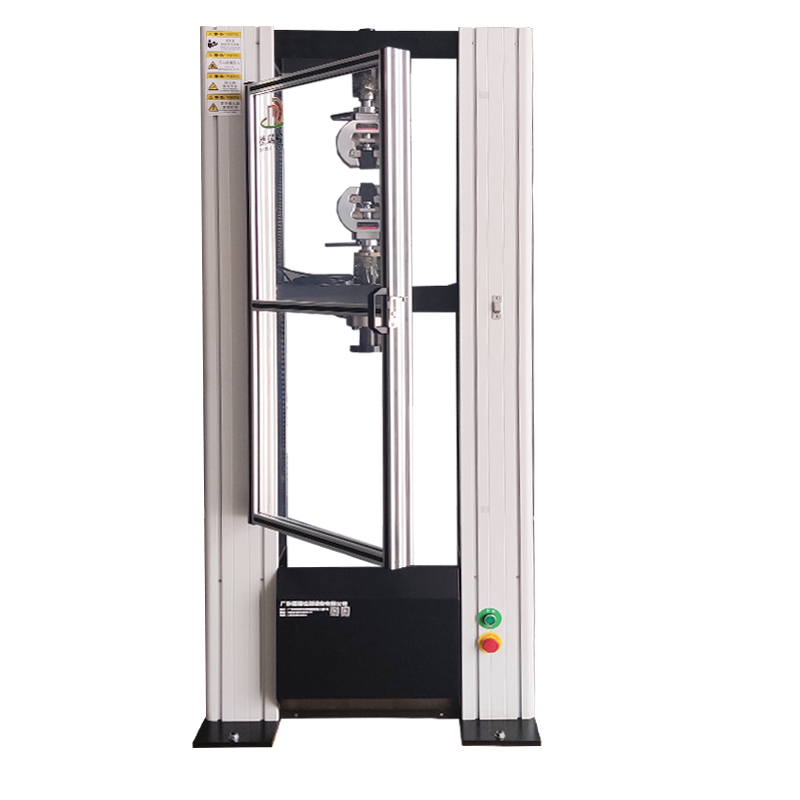
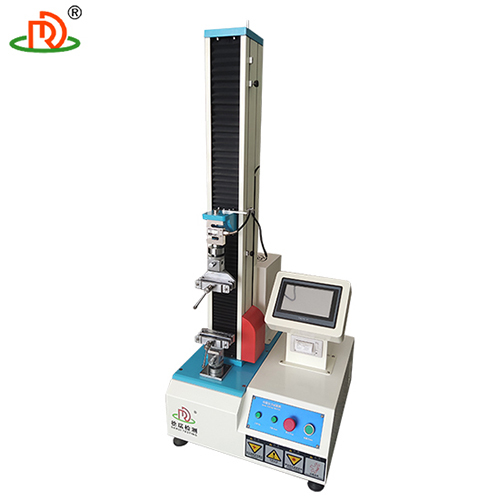

 English
English Spanish
Spanish French
French German
German Italian
Italian Chinese (Simplified)
Chinese (Simplified) Japanese
Japanese Korean
Korean Arabic
Arabic Portuguese
Portuguese